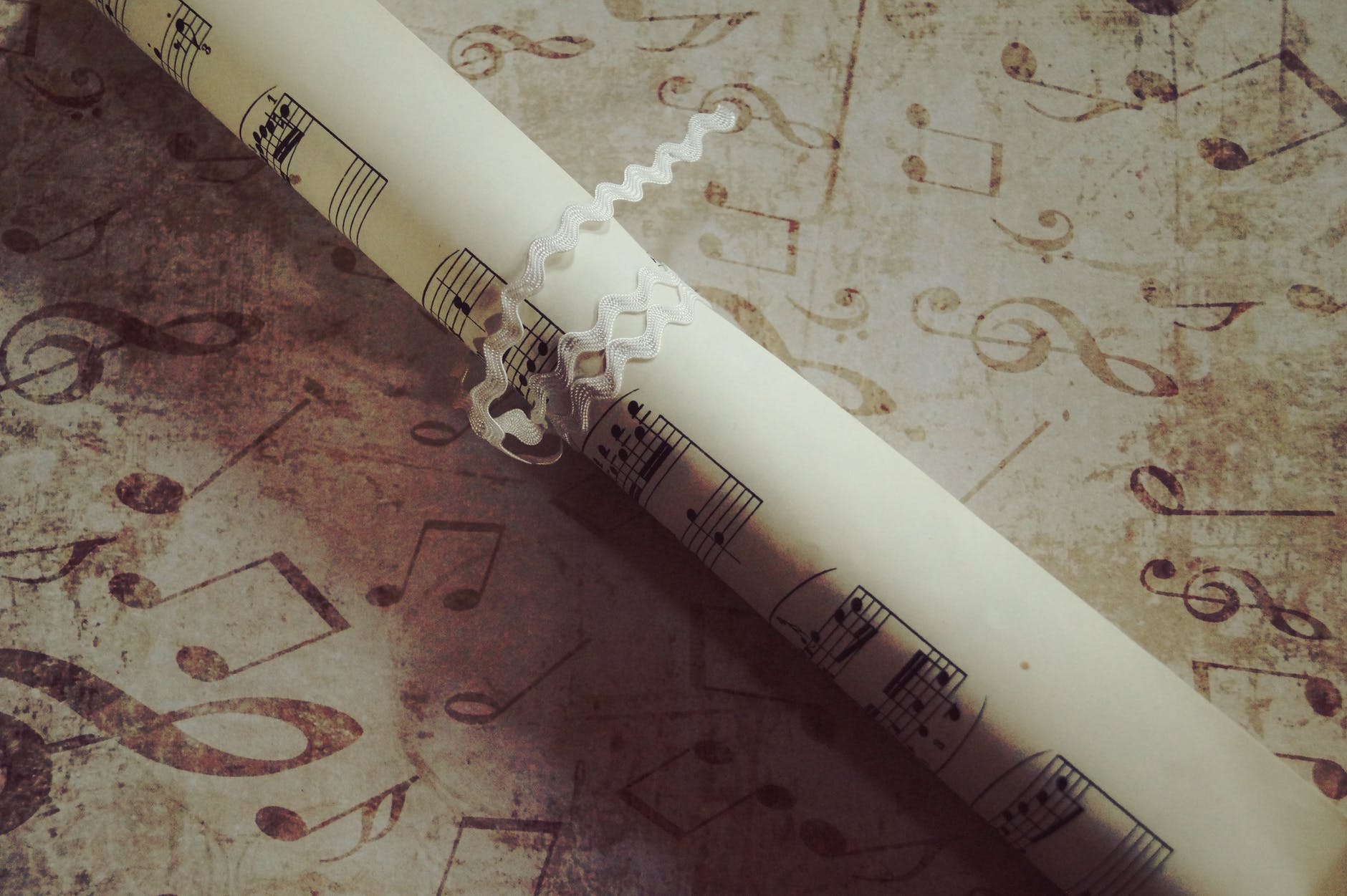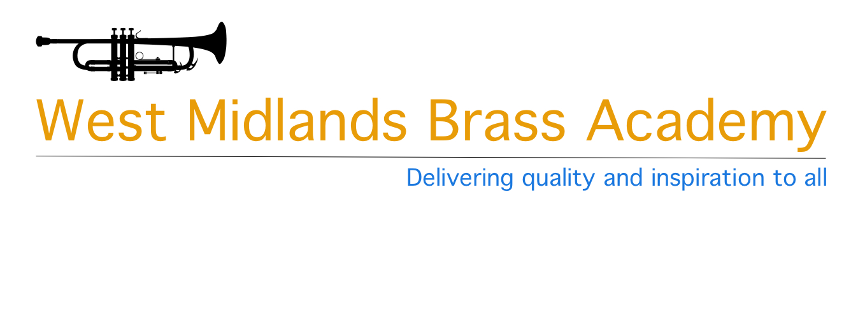I have to admit, I don’t know why the ABRSM deal with musical theory in the way they do. Students quite happily continue up the grades until they get to grade 5 and then come up against the prerequisite for Grade 6 and above, Grade 5 theory. I am sure the board have their reasons for doing it this way and agree that to be better performers, players need to have a grasp of how music is constructed but I am sure that it could be achieved in a much better way.

However, that is the way it is and we have to abide by it, but why is some theory knowledge so important.
Well, in the first instance a look at scales illustrates this completely. Students often don’t understand or even like practicing scales, but nearly all the music they are likely to play is based on diatonic (major and minor) scales. This means that if you look at any piece of music you will almost certainly find some scalic passages, or at least some based on arpeggios. In that case how much easier would it be to play these if the relevant scale can be played fluently, even in more difficult keys. So an ability to play a scale and arpeggio helps us as performers.
An understanding of rhythm and how bars are divided up is also important for musicians. To be able to count rhythms and understand the structure and grouping of different time signatures is vital. This is particularly true of irregular time signatures like 7/8 or 5/8 where the bar can be divided into different groupings, and an understanding of the theory means that they are easier to play when encountered in a live performance.
The benefits of transposition are a little more nebulous but Trumpet and horn players need to be able to do this as many orchestral pieces call for these instruments to transpose to another key as a matter of course. Instruments that play in different clefs, like trombones and Tubas, are also practicing a form of transposition and knowledge of how clefs relate to each other is important in this process.

Intervals are seen perhaps as a little less relevant, however intervals are as important as anything else, the ability to recognise an interval in a piece of music, and know what it sounds like is crucial when working out how a piece of music sounds. A perfect 5th is a very distinctive interval and to see it in a piece and recognise it is a valuable asset which also makes it easier to negotiate, this is even more important with some of the stranger intervals we come across.
Chords and cadences are another area where the benefits of understanding them are not as clear. However, to be able to hear a particular chord sequence or cadence at the end of a piece allows a player to appreciate the way that the piece ends and can add an appropriate way of ending a piece in the context of performance, it can also give an insight into why something doesn’t quite sound right.
Theory can also clarify how ornaments are to be played. Most players come across ornaments of some kind every so often so a grasp of the theory of playing these is also important stylistically.
So these are some of the benefits of understanding the theory of music, and anyone who enjoys maths will have spotted, if they have done enough analysis, that there is much maths involved in music. Indeed the basics of modern western music were begun by Pythagoras in ancient Greece, who worked out the exact mathematical relationship between different pitches.
Music theory though gives more than just the nuts and bolts basis of music. A good understanding of how music is put together also gives musicians an overall and strategic view of the music they are making. It enables them to have an informed view of how the piece in front of them is to be played and how it is put together. In short it gives them a more holistic appreciation of the music and in a performance context that can only be good.



